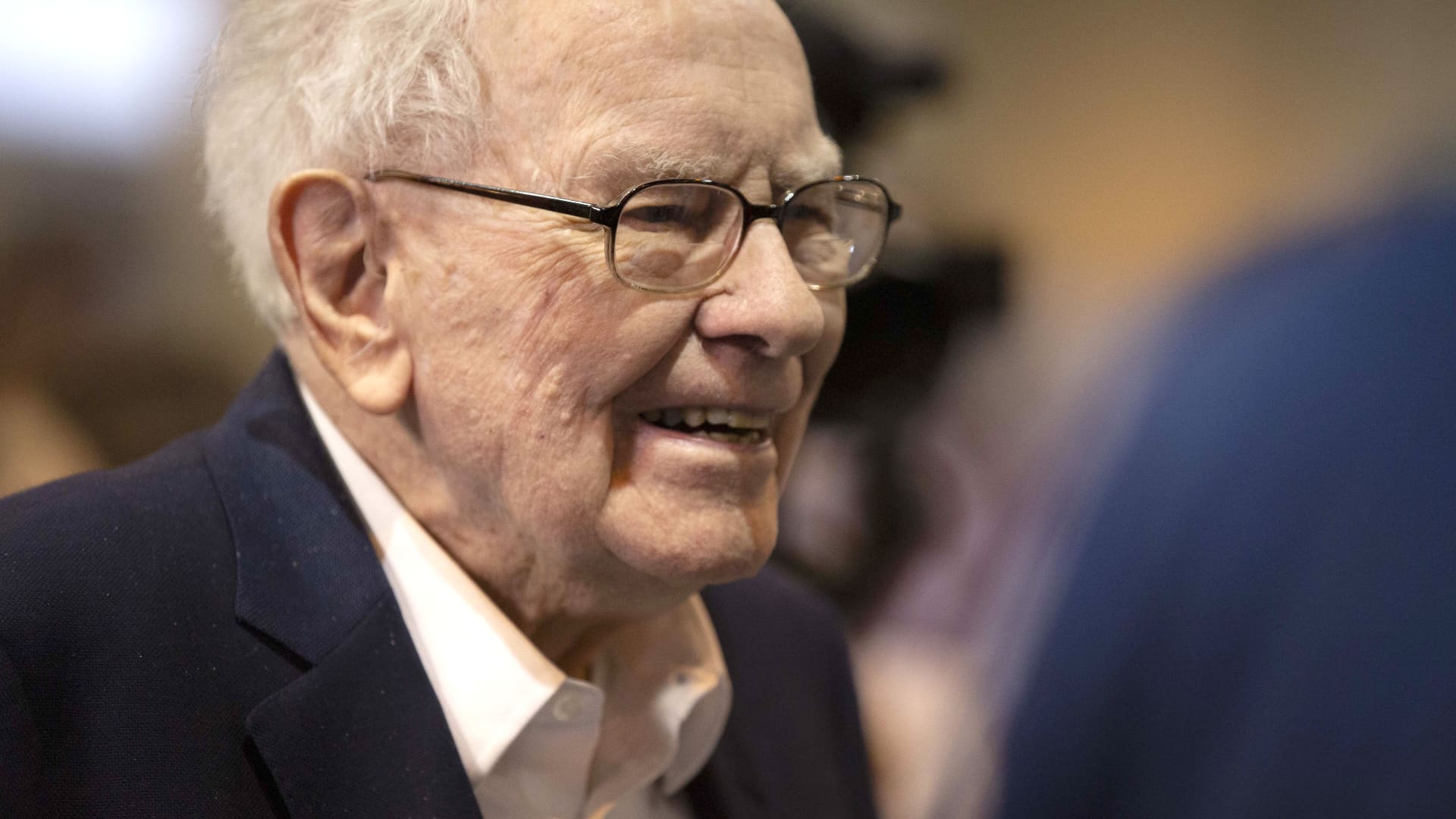The immediate takeaway from the landmark $2.8 billion settlement that the NCAA and major athletic conferences accepted Thursday was that it struck at the heart of the organization’s cherished model of amateurism: Schools can now pay their athletes directly .
But another fundamental principle remains intact, and maintaining it may be a priority for the NCAA: that players paid by universities are not employed by them and therefore do not have the right to collectively bargain.
Congress must “recognize that our athletes are not employees, but students seeking a college degree,” John I. Jenkins, the president of the University of Notre Dame, said in a statement when the agreement was announced.
It’s the NCAA’s attempt to salvage the last vestiges of its amateur model, which for decades prevented college athletes from getting paid by schools or anyone else without jeopardizing their eligibility. That stance has come under greater legal and political scrutiny in recent years, leading to the settlement, which still requires a judge’s approval.
At first glance the argument may seem strange. Over the past decade, public pressure and a series of court rulings — not to mention the fact that college athletics generated billions of dollars in annual revenue and athletes received none of it — have forced the NCAA to lift restrictions on player compensation. A California law that made it illegal to deny college athletes name, image and licensing (NIL) deals paved the way for athletes to seek compensation, some of whom received seven figures annually.
At the same time, college sports have become an increasingly national enterprise. Regional rivalries and traditions have been pushed aside as schools have changed conference affiliations in search of television money. Individual conferences can now stretch from Palo Alto, California, to Chestnut Hill, Massachusetts, meaning many athletes across sports will spend more time traveling to games and less time on campus.
“I don’t know how you wouldn’t call them employees at this point,” said Adam Hoffer, director of excise policy at the Tax Foundation and a former professor of economics at the University of Wisconsin-La Crosse. “The NCAA will increasingly look more like a professional league than ever before.”
But that stance fits with the NCAA’s long-held position that classifying athletes as employees is a potential death knell for college sports. In February, the organization’s president, Charlie Baker, said Congress must pass legislation to protect the “95 percent” of college athletes who he claimed would be harmed by a decision recognizing them as employees. He said many universities outside the so-called power conferences have already lost money in athletics and that increased spending on paying players could cause some teams to drop out.
Much is still unclear about the settlement, which arose from an antitrust lawsuit. If a federal judge in California agrees, schools will decide how to split the revenue they set aside to pass on to athletes – up to $20 million.
Through the settlement, the NCAA expects to receive an antitrust waiver from Congress that would shield it from further lawsuits over compensation that it says would harm its ability to set its own rules. In recent years, the organization has spent millions lobbying the government to create an antitrust exemption similar to the one that applies to professional baseball.
The settlement is also an attempt by the NCAA to limit the amount of money its institutions must pay athletes, said William W. Berry III, a law professor at the University of Mississippi who studies the issue of player compensation in college athletics has. According to the formula laid out by the plaintiffs in this case, the settlement would pay players around 22 percent of future earnings. Mr. Berry noted that this was much lower than the shares paid to players in professional leagues such as the National Football League and the National Basketball Association.
“What they’ve done with the settlement is they’ve said, ‘We’re going to share some of the revenue with you,'” Mr. Berry said, adding that a loss in court could have allowed even more money to flow into the company player and was financially ruinous for the NCAA
Following the NIL allowance, athletes attempted to engage in collective bargaining. In February, a federal judge in Boston ruled that players on Dartmouth’s men’s basketball team have the right to join a union and should be considered employees. Dartmouth is appealing the decision. At the University of Southern California, football and basketball players are seeking the right to unionize and be classified as employees. The comparison could support these arguments.
“One of the hallmarks of employment is that you receive compensation for your services,” said Matthew Mitten, a law professor at Marquette University and executive director of the National Sports Law Institute.
But the deal alone is unlikely to spark a widespread push for unionization in college sports. Dartmouth is a small private school in New Hampshire whose laws favor unionization. Many football powerhouses, such as the University of Alabama and the University of Georgia, are located in right-to-work states, where unionization efforts face strong legal and political obstacles.
And compensation without unionization could be the preferred path for some athletes at the top-grossing schools.
“I think it’s pretty unlikely that athletes from the Power Four schools will want to join a union,” Mr. Mitten said, referring to the Atlantic Coast, Big Ten, Big 12 and Southeastern Conferences.
But the NCAA is facing a sea change, even if its athletes are not referred to as employees.
“The fact that schools will likely have to pay these players means the existing business model will have to change,” Hoffer said.
Source link
2024-05-25 09:04:55
www.nytimes.com















